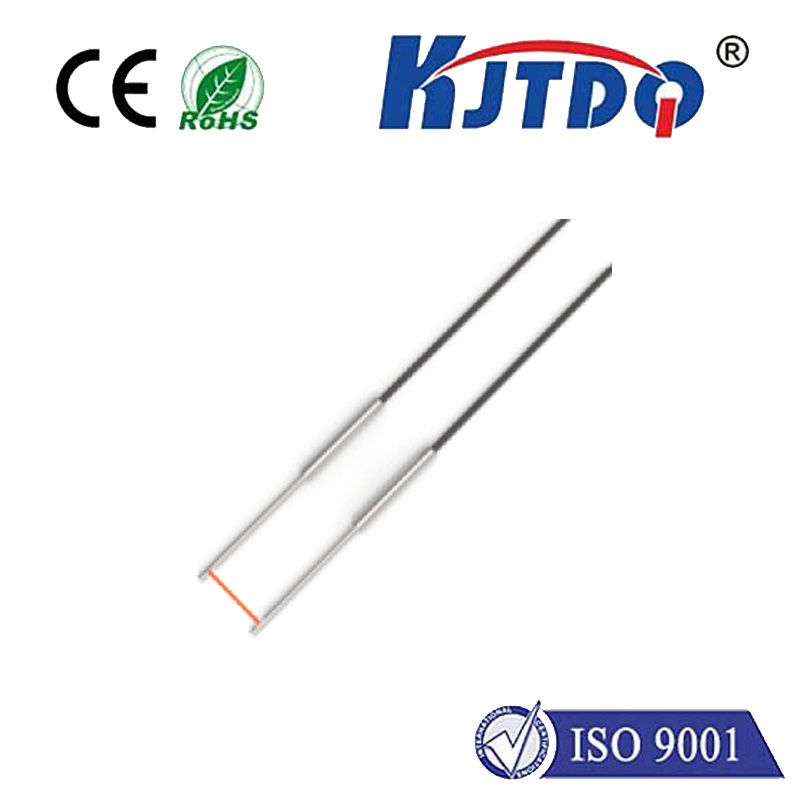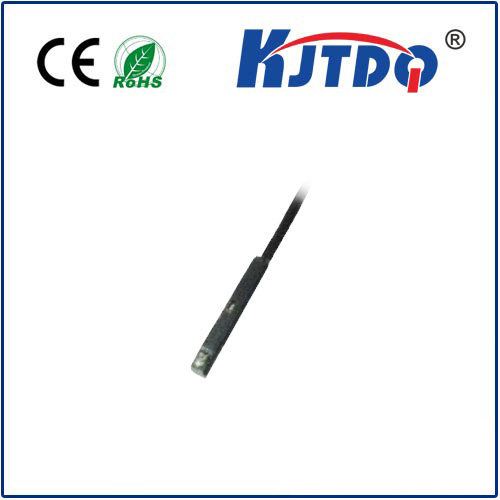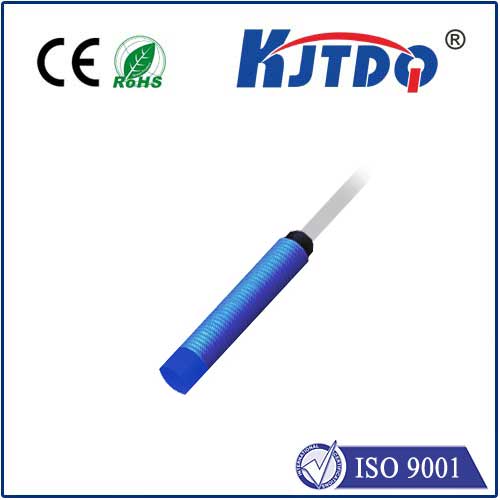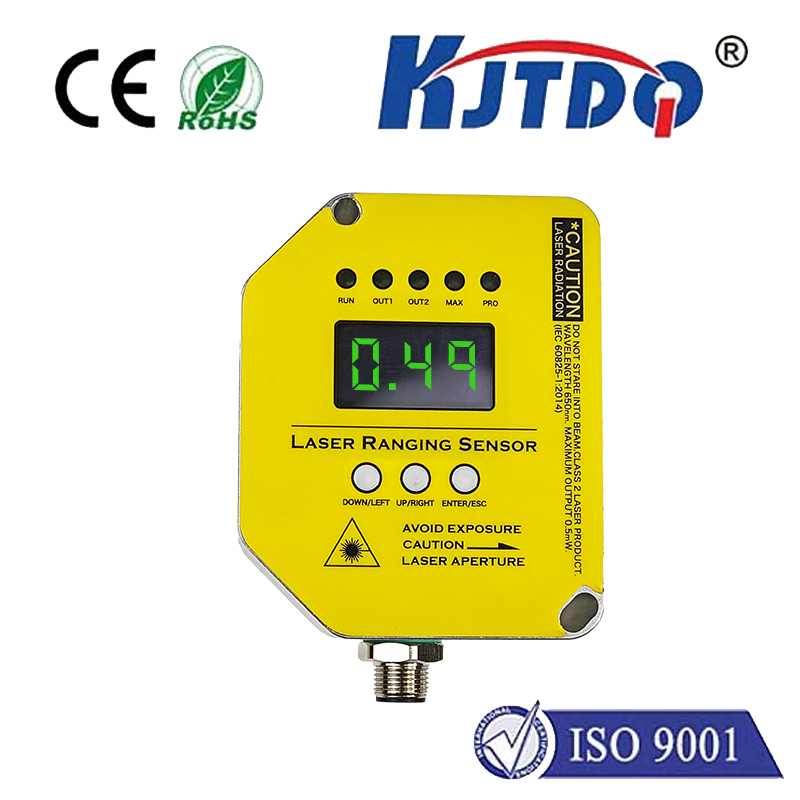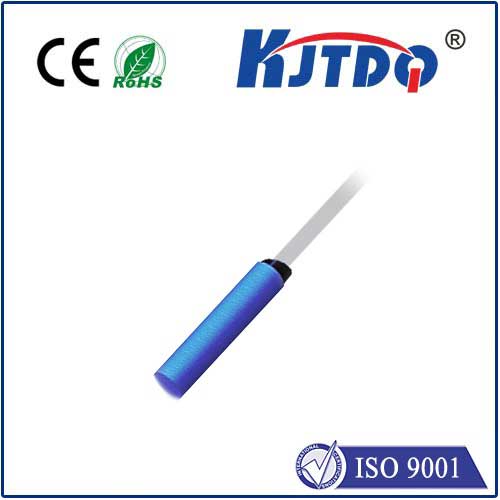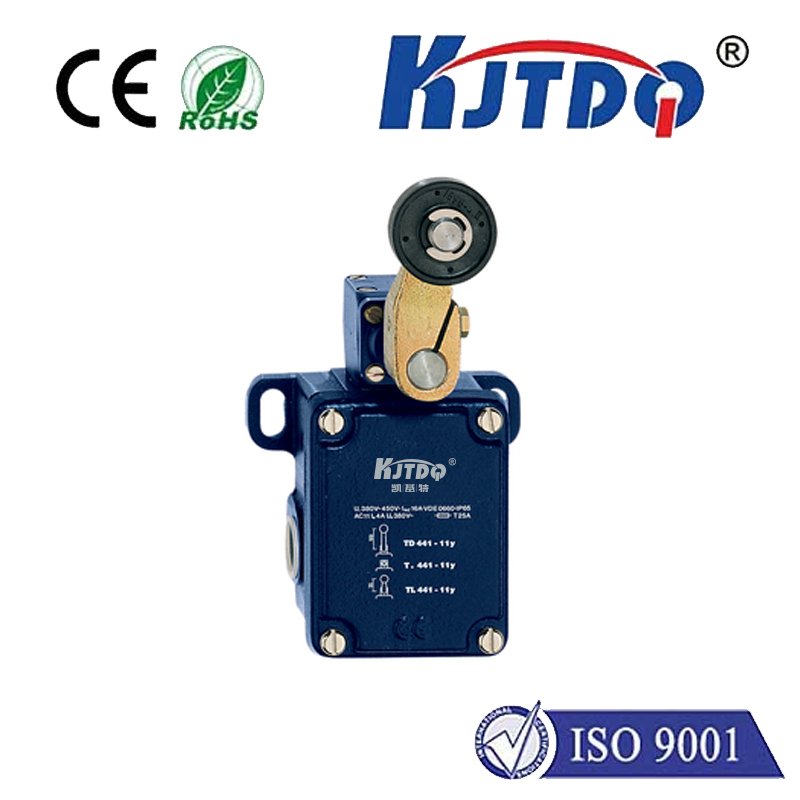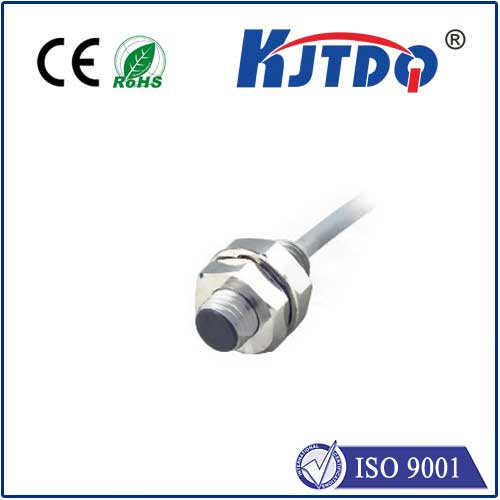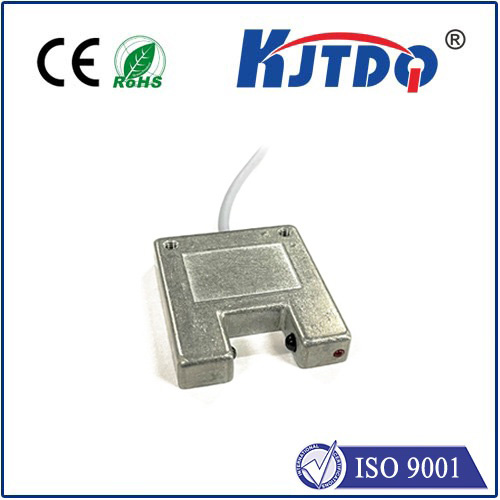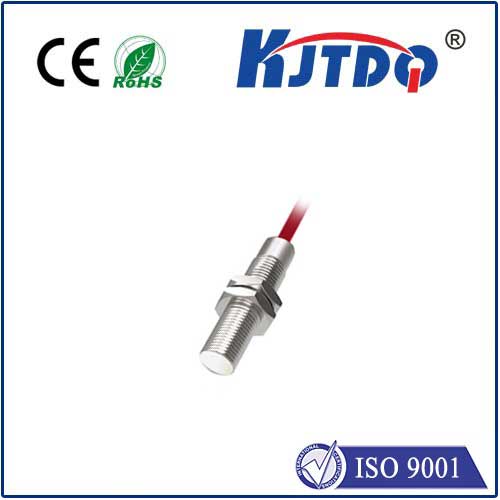
check

check

check

check

Innovative Applications of Photoelectric Sensors in Modern Technology” Photoelectric sensors have been a revolutionary innovation in the field of electronic devices, providing a myriad of applications across various industries. These sensors work on the principle of converting light into an electrical signal, which can be utilized for numerous purposes such as detecting physical quantities like distance and color, or for security and automation systems. One significant advantage of photoelectric sensors is their non-contact measurement capability, which eliminates the need for mechanical parts to physically touch the object being measured. This feature ensures higher accuracy and reliability of measurements, reducing maintenance costs and increasing efficiency. Moreover, these sensors are highly versatile and can be utilized in harsh environmental conditions, making them ideal for industrial applications. Photoelectric sensors have found widespread use in automation technology, particularly in manufacturing processes. They are employed in conveyor belt systems to ensure accurate positioning and alignment of products, resulting in improved production speed and quality. Additionally, they are used in quality control systems to detect defects or inconsistencies in products, thereby enhancing overall product standards. Another notable application of photoelectric sensors is in security systems. They are commonly used in motion detectors and alarm systems to detect unauthorized entry into premises. The sensors trigger an alarm or alert when they detect movement or changes in light intensity within their field of view. This feature makes them an essential component of modern security systems, providing enhanced protection against theft and burglary. Furthermore, photoelectric sensors have gained significance in environmental monitoring due to their ability to measure parameters such as temperature, humidity, and atmospheric pressure accurately. They play a crucial role in climate control systems by regulating air conditioning and heating systems based on real-time environmental data. This helps optimize energy consumption while maintaining comfortable living conditions for occupants. In conclusion, photoelectric sensors have emerged as indispensable tools in various domains, owing to their versatility, precision, and durability. Their ability to perform non-contact measurements and function effectively in diverse environments has paved the way for innovative applications that enhance efficiency, safety, and convenience in our daily lives. As technology continues to advance, we can expect even more groundbreaking uses of photoelectric sensors in the future.
